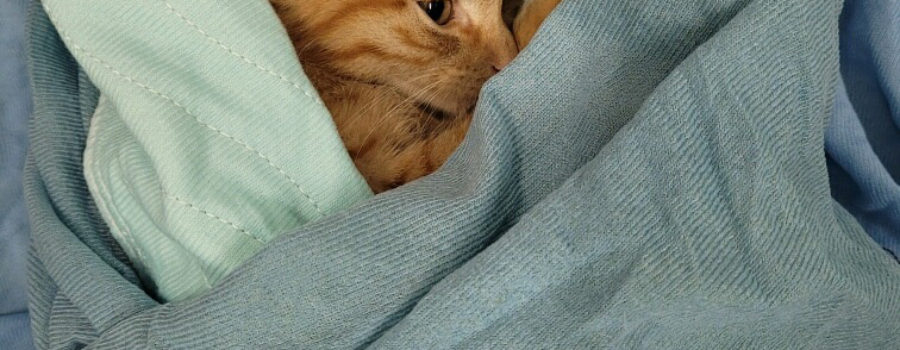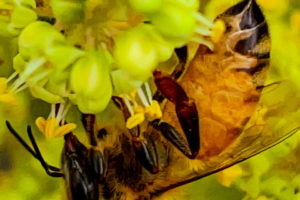Trap/Neuter/Release is a Wonderful Program that Benefits People and Cats

I spent my day yesterday doing TNR (Trap/Neuter/Release) for feral cats. What is that, you may ask. It is a program where we help people who are feeding colonies of feral or “wild” cats get them spayed and neutered so that they don’t continue to reproduce. Feral cats are a problem in most communities to one degree or another. They tend to congregate around food sources such as dumpsters, docks, and the homes or businesses of people who feed them or feed a pet cat outside. The problem with feeding feral cats is that they are very good at reproducing. Many of our clients tell the same story. They began feeding a single cat who showed up, and before they know it she had kittens. Almost before those kittens were weaned, she was pregnant again. By the end of the summer, their single cat had become 15 to 20 cats. As the colony numbers get higher, the cost of feeding them becomes bigger and bigger, they begin to have health issues like upper respiratory disease, feline leukemia, and ringworm, and they begin to spread onto neighboring properties.

In the past, communities have dealt with feral cat issues by trapping them and euthanizing them. This policy hasn’t worked well since more cats just moved into the area if food was still available. It also caused a huge uproar from the people who were feeding them and among animal rights groups (and rightfully so!). Many communities have also made it illegal to feed feral cats, but that doesn’t work well, either. Dumpsters, restaurants, fishing docks, etc. will always be food sources, and no matter the laws, there will always be feral feeders. About thirty years ago, veterinarians and some communities began to come together to trap ferals, fix them, and return them to their colonies. By doing this, we can stop the reproduction, keep the colonies healthier, and minimize the number of new animals that come into the area. And it works!

When TNR programs first started, they tended to only be available in larger communities, and were held only infrequently by special groups like veterinary colleges or large humane societies. But as the programs began to prove effective, more and more groups have taken them up. Now there are even some organizations that do nothing but TNR. Most communities, even small rural communities like the one I live in, have several resources available for TNR. Some programs, like the one we do at our office are free, while others may have a small fee, but it is always just to cover expenses. So, if you are going to feed them, please fix them! In the long run it will save you money, keep your cats healthier, and save you loads of aggravation.






Recent Comments